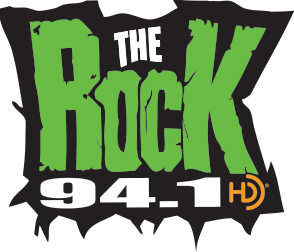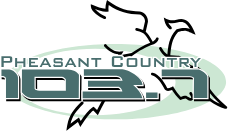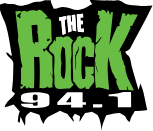SIOUX FALLS, S.D. (Press Release) – May is National Stroke Awareness Month. It’s important for everyone to be ready to recognize possible stroke symptoms because quick action can save a life – and brain function.
COVID-19 has brought up new concerns about stroke because doctors have reported a number of severe strokes among people who are ill with the virus. According to the American Heart Association, experts have not had time to study this connection in depth so there are a lot of unknowns. Possible reasons include the fact that many COVID-19 patients already had conditions such as high blood pressure and diabetes, which place them at greater risk for stroke. Or, it’s thought that the virus might cause blood clotting in some patients.
“The important thing we want to lift up is stroke awareness: get help as soon as possible if you or a loved one is experiencing possible stroke symptoms,” said Alex Linn, MD, a neuro-endovascular specialist and stroke neurologist with Avera Brain & Spine Institute. “Stroke can happen to anyone, anytime.”
A stroke, sometimes called a brain attack, occurs when there’s a blockage to blood supply to part of the brain or when a blood vessel in the brain bursts. A stroke can cause lasting brain damage, long-term disability, or even death.
The Centers for Disease Control and Prevention (CDC) reports that stroke kills about 140,000 Americans each year—that’s one out of every 20 deaths. Someone in the United States has a stroke every 40 seconds. Every 4 minutes, someone dies of stroke.
Stroke risk increases with age but strokes can – and do – happen at any age. About one-third of stroke hospitalizations involve people who are younger than age 65, reports the CDC.
Stroke requires immediate emergency care. Symptoms are easy to remember with the stroke memory tool, BE FAST:
Balance – Sudden loss of balance or coordination with walking.
Eyes – Sudden loss of vision in one or half of both eyes.
Face – Sudden onset of weakness in one half of the face, with drooping when the person is asked to smile.
Arms – Sudden onset of arm or leg weakness on one side, in which the arm or leg on the affected side will drift downward or not move at all after both sides are lifted.
Speech – Sudden onset of slurred or garbled speech, or an inability to repeat simple phrases.
Time – Reminder to not waste time, and to call 911 if you notice one or more of these warning signs, or get emergency care right away.
“With any stroke, the sooner we can get the patient care, the more likely we can reduce the damage that the blood clot will cause in the brain,” Linn said. “We can use minimally invasive neuro-endovascular interventions to prevent further damage and administer clot-busting medications such as the drug, tPA. Don’t delay – get to the ER as soon as you can or call 911.”
Learn more at Avera.org/stroke.







